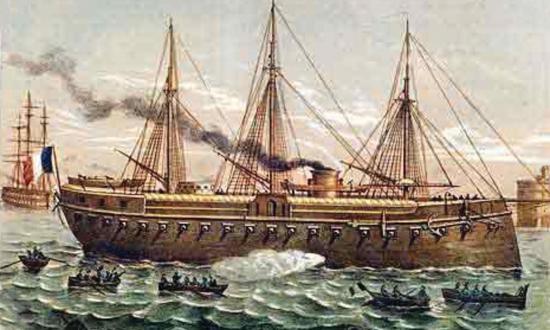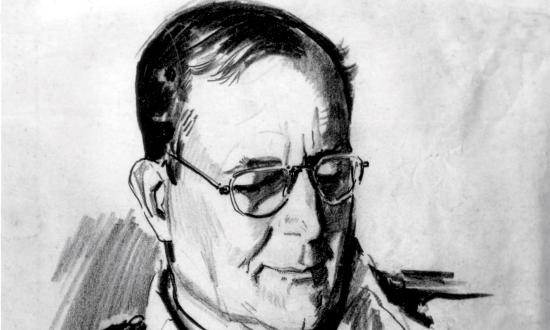Our interest is piqued whenever a movie focusing on the U.S. Navy is released. When one of Hollywood’s most talented, bankable actors is the star, however, our attention is grabbed. That’s the case with Greyhound, starring Tom Hanks, who also wrote the screenplay. Our coverage gives you a look at the World War II film’s backstory and setting, as well as an inside look at how it was made.
Naval historians Craig Symonds and Tom Cutler were early contributors to the Greyhound project. After finishing the initial version of the screenplay, Hanks visited Annapolis, Maryland, where Symonds and Cutler gave him their thoughts on the script and took the incognito actor on a tour of the U.S. Naval Academy. Cutler, who commanded small craft when he was in the Navy, botched an attempt at parallel parking, leading Hanks to jokingly ask, “Is that the way you drive ships?”
In his article “Voyage to the Screen,” Symonds explores the genesis of C. S. Forester’s 1955 novel The Good Shepherd and explains how the book evolved into Greyhound. While Forester is famous for his Age of Sail works, his foray into World War II is detailed and riveting. The book focuses on Commander George Krause, captain of the fictional destroyer USS Keeling during the Battle of the Atlantic. In the film, the vessel’s talk-between-ships call sign is Greyhound, and Hanks plays Krause. Cutler’s article, “The Key Was Convoys,” provides broader context for readers and viewers by examining the course of the Battle of the Atlantic and the strategic role played by convoys and their escorts.
Our look inside the creation of Greyhound is courtesy of the film’s director, Aaron Schneider, who generously answered questions from Symonds, Cutler, and Proceedings Editor-in-Chief Bill Hamblet. In “‘Making Sure We Were Authentic,’” Schneider reveals fascinating insider details about the Greyhound project, including mixing footage shot on board the Keeling’s stand-in, the museum ship USS Kidd (DD-661), and in a reproduction of the Kidd’s pilothouse and bridge with computer-generated imagery. James Caiella wraps up our coverage by profiling the Kidd. In addition to chronicling the destroyer’s World War II experiences, Caiella serves up a beautiful cutaway diagram of the destroyer.
As crazy as it may feel for some of us to ponder that it has now been a full three-quarters of a century since the end of World War II, it is perhaps even more mind-boggling (or is it depressing?) to realize we are now at the 30th anniversary of the Iraqi invasion of Kuwait and the resultant U.S.-led international response, Operation Desert Shield. And thus, in the seeming blink of an eye, do current events become history—which we will explore here and in subsequent issues. We begin our Desert Shield retrospective with a gem from the Naval Institute archives—a firsthand account of those whirlwind days of August–September 1990 from none other than the Commander, U.S. Naval Forces, Central Command, for Desert Shield: Admiral Henry H. “Hammerin’ Hank” Mauz Jr.
Lastly, you may notice a different John Hancock now sprawled across the page below. But take heart (as we do) in knowing that my friend, colleague, and esteemed predecessor, a certain consummate pro named Richard Latture, will continue to be part of the Naval History family as a contributing editor—and thank the sea gods for that. We’re happy your name still graces our masthead, Richard!
Eric Mills
Editor-in-Chief






